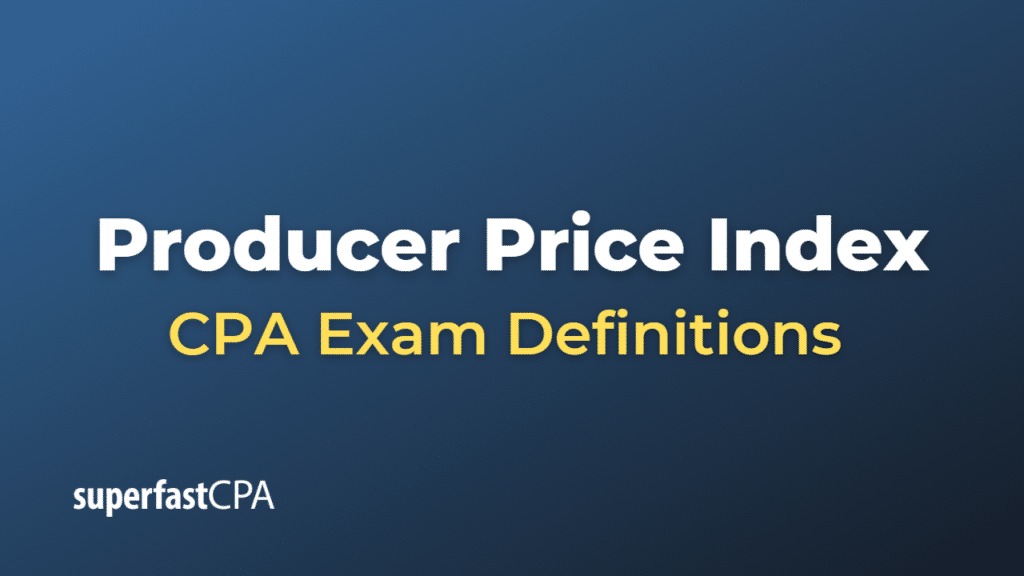Producer Price Index
The Producer Price Index (PPI) is an economic indicator that measures the average change in prices received by domestic producers for their output over time. It is published by the U.S. Bureau of Labor Statistics (BLS) and other national statistical agencies in different countries. The PPI tracks price changes at various stages of production and distribution, including commodity, manufacturing, wholesale, and some service industries.
The PPI is used for various purposes, such as:
- Economic analysis: The PPI provides insights into inflationary trends at different stages of production, helping economists, policymakers, and analysts to understand the factors driving inflation and to make informed decisions about monetary and fiscal policies.
- Price adjustment in contracts: Businesses and governments often use the PPI as a basis for adjusting prices in contracts, such as long-term supply agreements or construction contracts. This helps ensure that the agreed-upon prices remain fair and relevant in light of changes in production costs over time.
- Deflating economic data: The PPI is used to convert nominal economic data into real terms, allowing for comparisons of economic activity over time by removing the effects of inflation. This is particularly useful when analyzing data on production, sales, and inventory levels in various industries.
- Forecasting and decision-making: Companies and investors use the PPI to anticipate future inflation trends, which can impact production costs, pricing strategies, and investment decisions. By monitoring the PPI, they can make informed decisions about their operations and investment portfolios.
It is important to note that the PPI differs from the Consumer Price Index (CPI), which measures the average change in prices paid by consumers for a basket of goods and services. While the PPI focuses on prices at various stages of production, the CPI reflects prices at the retail level, providing a more direct measure of consumer inflation. Both indices are essential tools for understanding inflation dynamics and their impact on the overall economy.












